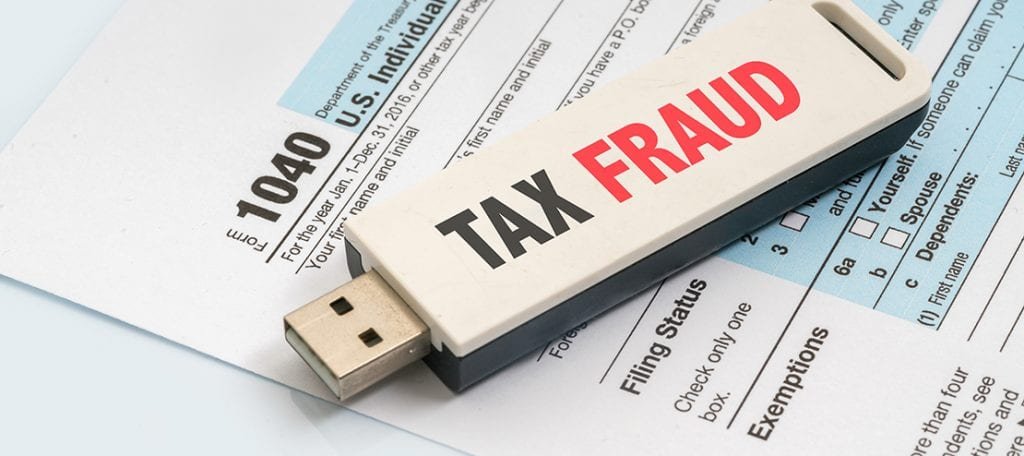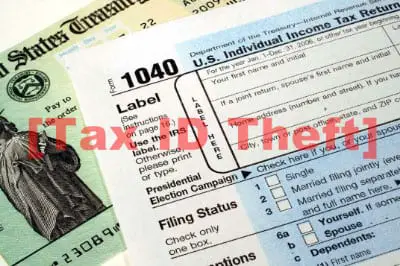People who are victims of identity theft will normally feel confused and frustrated. But with the Internal Revenue Service or IRS, identity theft can be handled. The institution works hard to resolve issues and to quickly apply the solution.
Each taxpayer may have a different issue and experience. Situations may vary, starting with the report of identity theft from the victim, or it may be the other way around. The institution may notify you about it. They will be able to find out after they began going over the tax or initiated the audit.
You should know its details which will be shown in the following part.
IRS Identity Theft Notification

IRS Taxpayer Protection Program will send you a letter or notice due to a suspicious tax return with your name and SSN on it. This detection may arise due to many situations. So here are the possible happenings.
– You will get your hands on Letter 4883C sent to you by the IRS for you to verify your identity in 30 days.
Required Steps for Verification
- Call the Taxpayer Protection Program with the letter for reference. There’s a toll-free number that you can see on it.
- You can use a copy of your tax return from the previous year for verification of your account. It can be done when you have filed one.
- If you can’t verify it, you will be asked to personally go to the IRS Taxpayer Assistance Center. Prepare any identification proof with a photo and a copy of your tax return if you have filed it.
- You might also be asked to fill in Form 14039 but wait for further instructions.
- When you can verify your identity, you can confirm if you have filed the tax return or not.
- If you did not file it, it will be immediately removed from the records of the IRS. You may be asked to submit a paper return during the current season of filing.
- If you file the return yourself, it will be released from the processing, and it will be sent to you.
Victims of tax return identity theft will be under the Identity Protection PIN Program. They will receive a six-digit pin every year, which they need to add on their tax return. It adds more strength to the protection from identity thieves. Some taxpayers can also use this pin by requesting it from the IRS.
Reporting Identity Theft to IRS

Don’t panic when your tax return wasn’t approved because of file duplication, here are the steps that you need to follow.
- You can send the report through e-file or if it’s not possible, just by paper.
- Provide all the needed information on Form 14039 together with the Identity Theft Affidavit and tax return paper. Send them all to the IRS for processing.
- You will receive an acknowledgment letter for your report.
- Your report is forwarded to IDTVA or Identity Theft Victim Assistance organization.
- The IDTVA will have these procedures on your case:
- They assess the perimeter of the issue whether it affects a single or more tax year.
- They will determine all the issues in a fraudulent attempt. Some circumstances may include other victims who are found in the fake tax return.
- The employees in the organization will double-check things like name, SNN, and addresses. They should be confirmed if they are accurate or fraudulent.
- Case analysis will be carried on to see if all the outstanding issues were dealt with well.
- They would also check if your tax return is properly processed. If you are scheduled for a refund, it will be released then.
- The fraudulent return is removed from your records.
- An indicator of the identity theft case is placed on your account. It completes all the necessary work of the employees. It adds more protection to your account.
– Once all the necessary procedures are done, you will receive a notification in 120 days. Complex issues would require 180 days or more.
Other Preventive Measures You Can Do
The Federal Trade Commissions recommend identity theft victims to place a fraud alert on their credit records. You can talk with credit card bureaus about it. A state tax agency will also help you if other additional steps need to be taken to the state level.
You can have security practice on your own. You can get software that would protect you from any malicious attempt when you are browsing or shopping online. So you have to be vigilant on how to protect yourself from a phishing scam.
Related Things on How IRS Deal With Identity Theft

IP Pin or Identity Protection Personal Identification Number was created as the prevention of identity theft cases. It’s a unique pin consisting of 6 digits which taxpayers need to enter on their tax return file. It is sent to them or by a Notice CP01A. It arrives in December as a preparation for the next filing season.
The IP pin should be placed on the appropriate box which can be found on the second page of the federal tax return and it is close to the signature slot. When you process through e-file, there will be an indication where you will type your IP pin, taxpayer identification number, and social security number at a certain moment of filing tax. The IP Pin is only good for a year.
In the case of losing an IP pin, you have to access your online account and submit answers to security questions imposed by the IRS. If you haven’t retrieved your pin, you can’t process electronically but you have to file through the paper.
The IRS has the latest breach of security and they were able to discover that criminals use the ‘Get Transcript’ application to steal personal information to access IRS online. They maneuver with the taxpayers’ past tax return so it won’t trigger suspicions and filters of the IRS.
Wrap It Up
Aside from the effort of the IRS to counter the identity theft culprit, you should be vigilant yourself. You have to give a lot of attention when filing your file and do it as early as possible. Be alert to report if something unwanted comes up.



